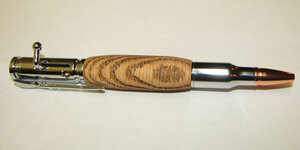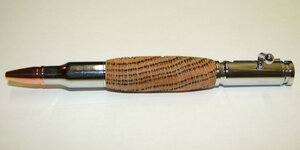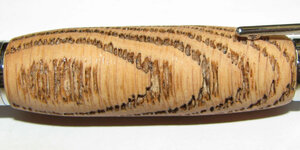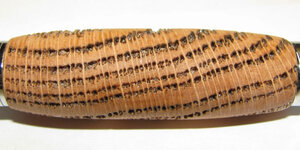ChrisN
Member
A chrome Bolt action with crosscut oak and my "secret" "weathered" finish.
I tried this and I really like how it turned out. I think it matches up very well with the hardware - a nice, rugged look. Looking at the pics, I can think of a few ways I would/could make this a little better, but I think I'll let that for next time.:biggrin:
I've included a few closeups so you can see the grain.
See if you can guess how I did it.
I tried this and I really like how it turned out. I think it matches up very well with the hardware - a nice, rugged look. Looking at the pics, I can think of a few ways I would/could make this a little better, but I think I'll let that for next time.:biggrin:
I've included a few closeups so you can see the grain.
See if you can guess how I did it.
Attachments
Last edited:




